Before we went to Paris and knowing how big the museum is, because we knew that we wouldn’t be able to spend more than four hours in a row in a museum, we did some research on what we should see and where everything is displayed. The downside is that the exhibits may be placed elsewhere, given for restoration, or lent to another museum. In addition, some rooms may be closed due to renovations. For this reason, in our guide regarding the tour of the iconic treasures at the Louvre, we will refer to the areas where you can see an exhibit, but with caution.
For more information about the rooms, please check the schedule of room closures.
History And Places
The museum was initially a fortress built in the late 12th century to protect Paris from invaders. It wasn’t until the 16th century that it was converted into a royal palace by Francis I.
What was the palace of the kings of France, is now the largest museum in the world covering almost 10,000 years of history. The museum owns 550,000 works, but more than half are locked up in storage.
The palace is divided into three wings: Richelieu, Sully, and Denon.
tour to most famous exhibits
The caryatids - Royal Collections
This magnificent gallery was built in the 17th century and was intended to serve as a royal ballroom. This chamber introduces Renaissance architecture in Paris with its wonderful collection of antiquity statues. One of the first masterpieces to enter the royal collections, Diana the Huntress, was joined in 1807 by the Sleeping Hermaphroditos, purchased by Napoleon I.
Next...
Venus de Milo
The statue was found on the Greek island of Milos. The Venus de Milo (Aphrodite) was found in fragments and her original appearance is still something of a mystery. Though it was reconstructed to a standing posture, the statue’s arms were never found.
Next...
Winged Victory of Samothrace
The monument was found on the island of Samothrace, in the sanctuary of the ‘Great Gods’. The fragments of the statue were initially pieced together forming the monument without its wings. It was years later that the archaeologists realized that the pieces of marble found near the statue had originally formed a ship. And then after a second restoration, it emerged with its base and wings.
Next...
Venus and the Three Graces Presenting Gifts to a Young Woman
This masterpiece decorated the walls of Villa Lemmi, a country villa near Florence owned by Giovanni Tornabuonire. It was discovered in 1873 under a layer of whitewash, was taken from the wall, and placed on a canvas framework.
Next…
Grande Galerie
The walls of the Grande Galerie are covered with masterpieces by the greatest names in Italian painting such as Mantegna, Raphael, Leonardo da Vinci, Arcimboldo, and Caravaggio.
Spend a bit extra time observing:
- Caravaggio (Michelangelo Merisi), The Death of the Virgin (Room 712 – Grande Galerie, Denon wing, Level 1)
- Guido Reni, The Abduction of Helen ( Room 716 – Grande Galerie, Denon wing, Level 1)
- Daniele da Volterra, David and Goliath (Room 712 – Grande Galerie, Denon wing, Level 1)
- Raphael (Raffaello Santi), Balthazar Castiglione (Room 710 – Grande Galerie, Denon wing, Level 1)
- Raphael (Raffaello Santi), The Virgin and Child with the Infant Saint John the Baptist, known as La Belle Jardinière (Room 710 – Grande Galerie, Denon wing, Level 1)
- Leonardo da Vinci, Portrait of a Lady from the Court of Milan, known as La Belle Ferronnière (Room 710 – Grande Galerie, Denon wing, Level 1)
- Leonardo da Vinci, Saint John the Baptist (Room 710 – Grande Galerie, Denon wing, Level 1)
- Leonardo da Vinci, The Virgin and Child with Saint Anne (Room 710 – Grande Galerie, Denon wing, Level 1)
Next…
Mona Lisa
One of the most famous and much-discussed exhibits of the museum, is the Portrait of Lisa Gherardini, Wife of Francesco del Giocondo. The truth is that we ourselves were looking forward to seeing the Mona Lisa up close. Mona Lisa is conserved in the best possible conditions, protected inside a temperature and humidity-controlled glass case. In order to see it up close you have to wait in a queue.
The painting’s special appeal lies in its technical excellence, and the famous smile.
Next…
Wedding Feast at Cana
Almost 70 m², it’s the biggest painting in the Louvre.
The story of the Wedding Feast in Cana reminds us of Christ’s first miracle. He is invited to a wedding supper in Cana, but the wine runs out at the conclusion of the meal. The servants were then told by Jesus to serve the lord of the house after adding water to huge stone jars. He finds the water has changed into wine. On this canvas,132 characters are represented in costumes and in a decoration typical of Italy in the 16th century.
Next…
The Raft of the Medusa
It depicts the recent sinking of a French ship. On an improvised raft, 150 people floated for 13 days before falling to sickness, starvation, dehydration, and cannibalism. Only fifteen people made it.
The artist, Théodore Géricault, spent eight months creating his painting, visiting morgues and hospitals to watch the dead and dying, developing models, and talking to survivors.
In room 700 also search for The Death of Sardanapalus and Liberty Leading the People both from Eugène Delacroix.
In room 702, you will find The Grande Odalisque and The Consecration of the Emperor Napoleon and the Coronation of the Empress Joséphine in Notre-Dame Cathedral on 2 December.
Next…
The Rebellious Slave and The Dying Slave
These two statues were made in the early 16th century as a result of a papal order. The Rebellious Slave appears to be struggling with his restraints, while the Dying Slave is depicted in a profound, maybe endless sleep.
Both the Rebellious Slave and the Dying Slave were ultimately left incomplete and out of the final design. However, they are centerpieces of the museum, standing as emblems of Michelangelo’s search for perfect truth in art.
Next…
Psyche Revived by Cupid’s Kiss
The Italian sculptor Antonio Canova managed to capture the feeling of love in stone.
The story of Cupid and Psyche appears in Greek art as early as the 4th century BC. The main topic of the story is how Psyche and Cupid overcame challenges to fall in love.
Richelieu Wing must-see
The Cour Puget and the Cour Marly
The Cour Puget is named after Pierre Puget, one of the most significant sculptors working during Louis XIV’s reign.
His masterpieces, Perseus and Andromeda and Milo of Croton were both made for the gardens of the Château de Versailles. Milo is a symbol of the defeat of human pride and if you read the story you will understand why.
King Louis XIV had a leisure residence at Marly. The park was decorated with many statues from ancient mythology. The grounds and the Château de Marly exist no longer, but some of the sculptures survived. The most famous sculptures are the Marly Horses.
Statue of the nu-banda Ebih-Il
It belongs to the kind of statues that were placed in temples to preserve an act of devotion to a god. The statue of Ebi-Il dates to about 2500 BC. It represents a male figure with a reverent attitude praying. On his shoulder, there is a dedication to the goddess of love, Ishtar Virile, made by Ebih-Il.
(Room 334 – Richelieu Wing – Level 0)
Hammurabi Code
The code is remarkable since it is among the earliest texts of any size that have been decoded. It dates back to the 18th century BC and was established by Hammurabi, the sixth ruler of Babylon. It is a collection of lines that address illustrative legal topics and serves as a political testament and an example of wisdom and fairness.
(Room 227 – Richelieu Wing – Level 1 – Mésopotamie)
The Grand Salon and the Theatre Salon
Escalier du Ministre, also known as the Minister’s Stairs, is located in the Richelieu wing of the Louvre and goes to the first level, which houses the Napoleon III Apartments. The Grand Salon, also known as the Hall of Peace, is one of the most impressive rooms in the Napoleon Apartments located in the Louvre Museum in Paris. This room was designed to be a place for official receptions during the time of Napoleon III.
The room’s central spherical canapé enables guests to lounge at their leisure. One of the most notable features of the Grand Salon is the large crystal chandelier that hangs in the center of the room.
The Theatre Salon is another remarkable room located within the Napoleon Apartments. The room is lavishly decorated with intricate woodwork, gilded moldings, and beautiful paintings on the ceiling and walls.
(Room 544, Richelieu Wing, Level 1)
Sully wing Wing must-see
Great Sphinx of Tanis
The Great Sphinx of Tanis is a granite sphinx sculpture that can be dated as early as the 26th century BC. Discovered in the ruins of the Temple of Amun-Ra at Tanis, the capital of Egypt. This enormous sphinx is dedicated to the god Amun-Ra. To stop bad spirits from injuring the gods, the statue was placed at the entrance to sacred places.
(Room 348 – Sully wing – Level -1)
The ‘Seated Scribe’
It is one of the most recognizable pieces in the museum, but we’re not sure who it’s supposed to be. The seated figure in this painted limestone sculpture is probably a scribe.
It has a papyrus that has just half been rolled. Its face is presumably the feature of the figure that draws the greatest attention. Its realistic characteristics contrast with the body’s maybe more stiff and somewhat less detailed aspects.
(Room 635 – Sully wing – Level 1)


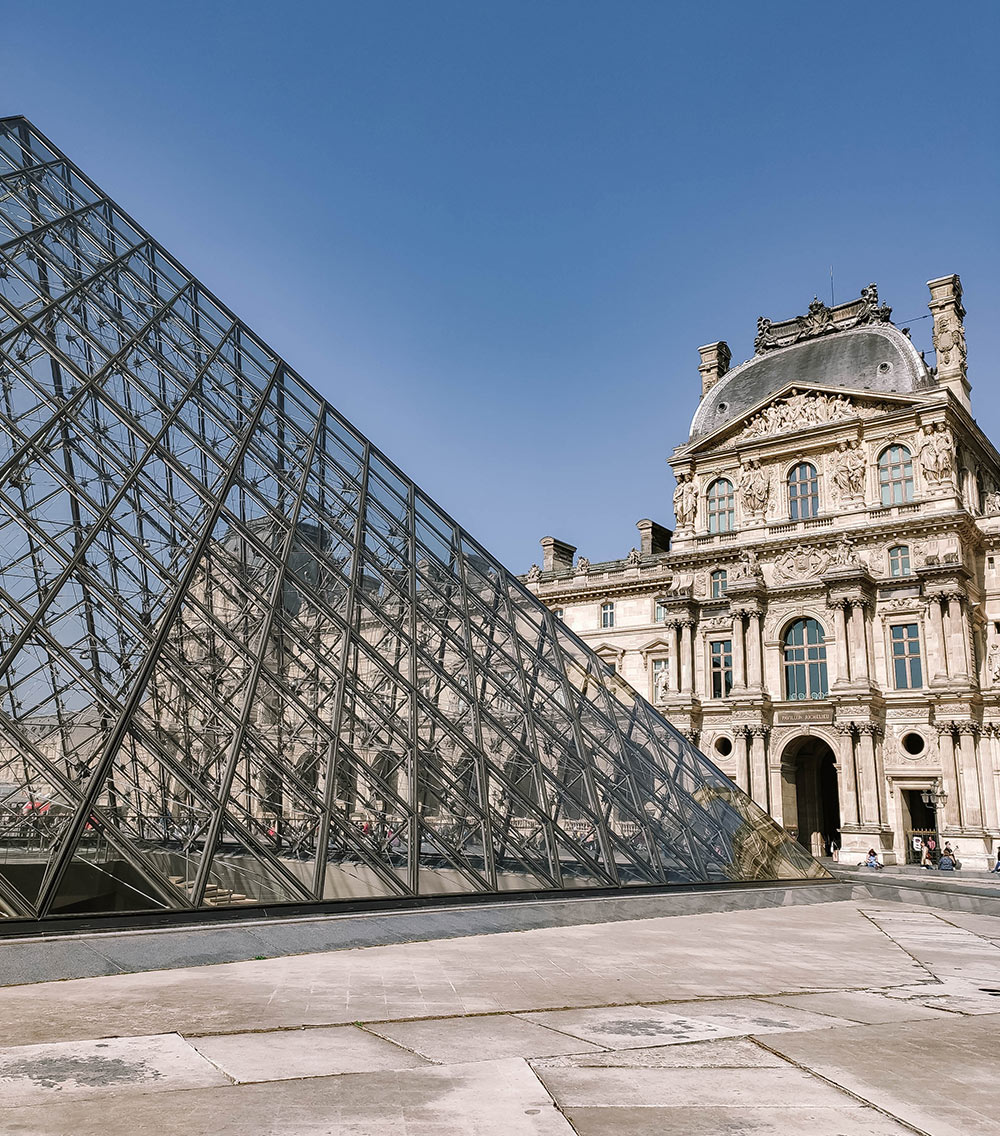
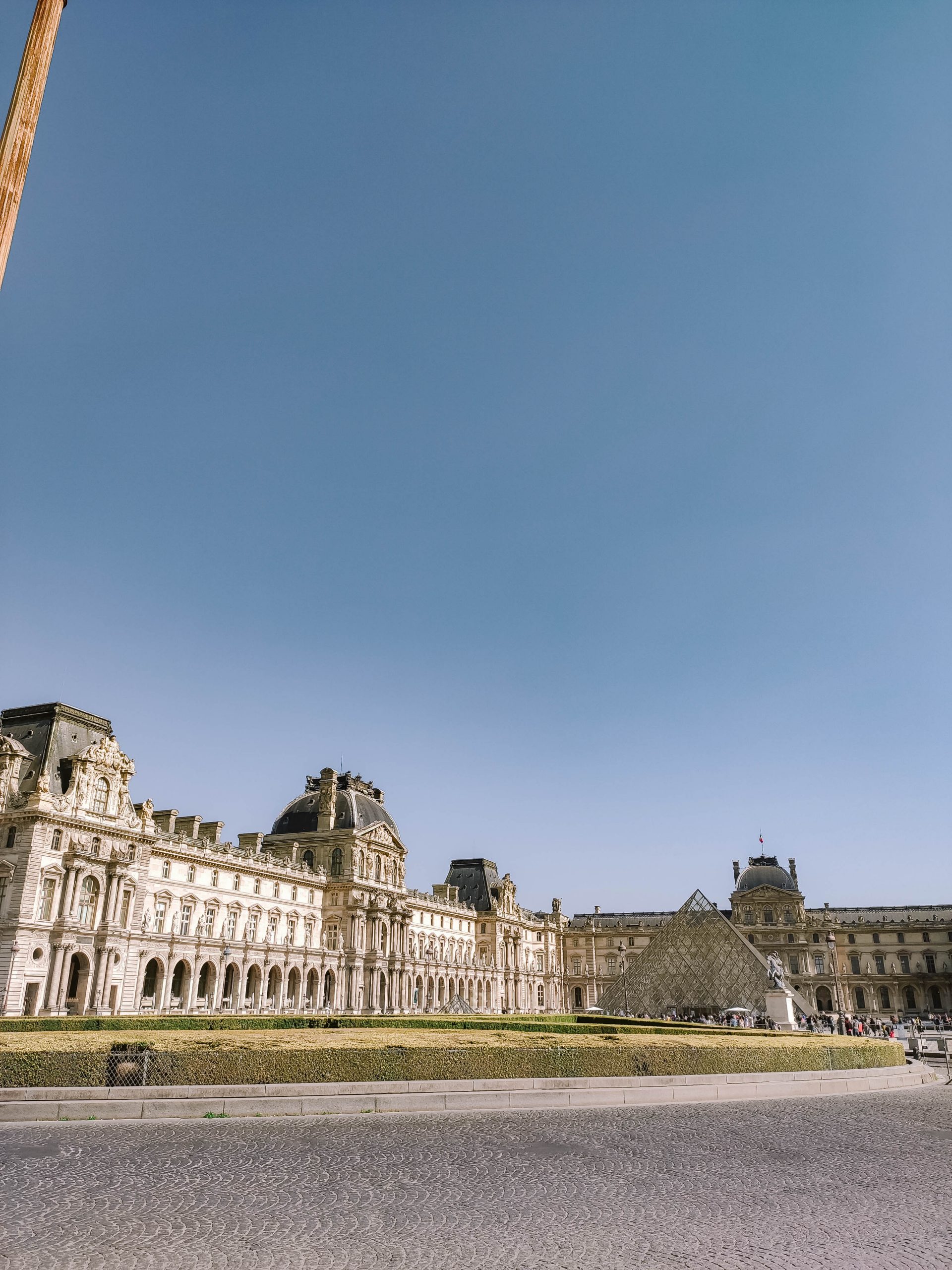
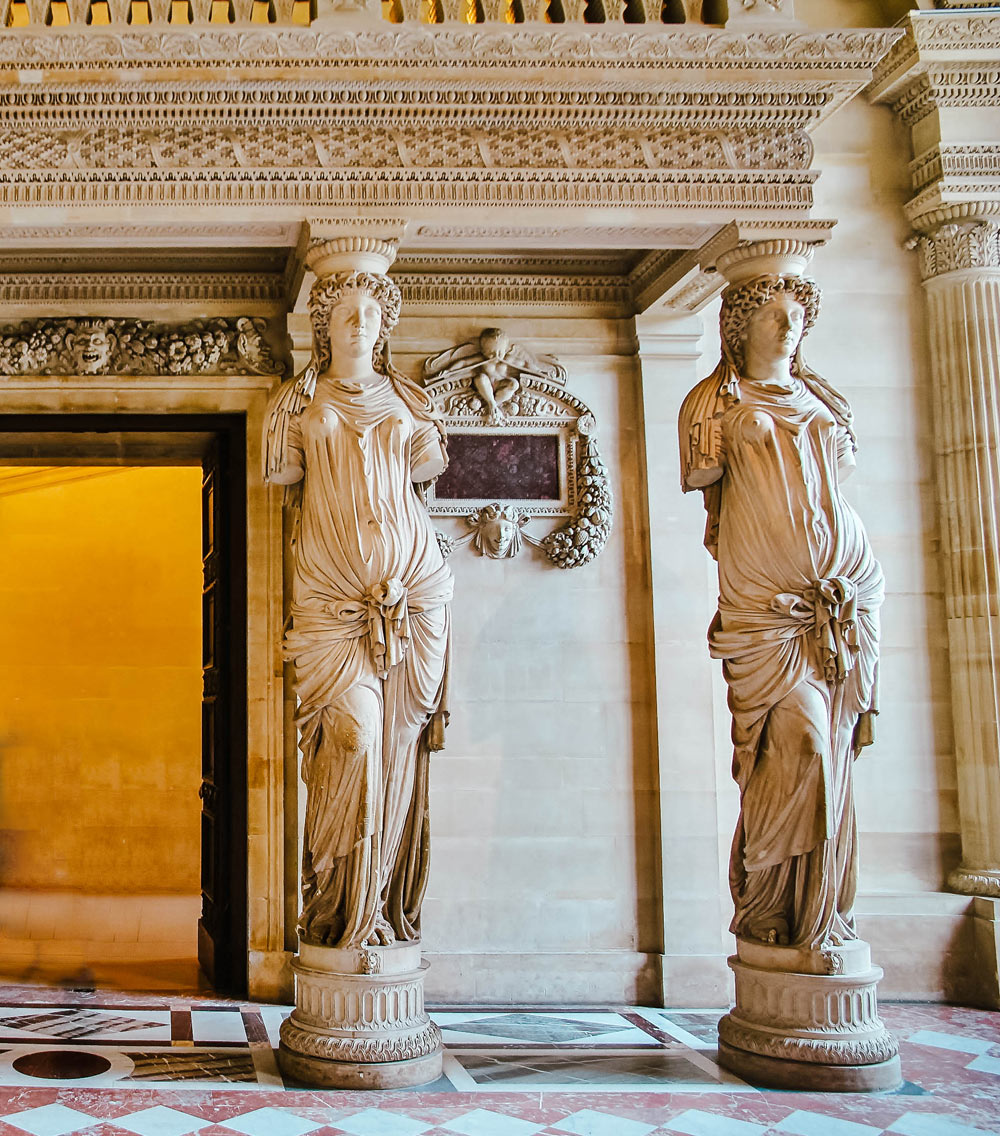
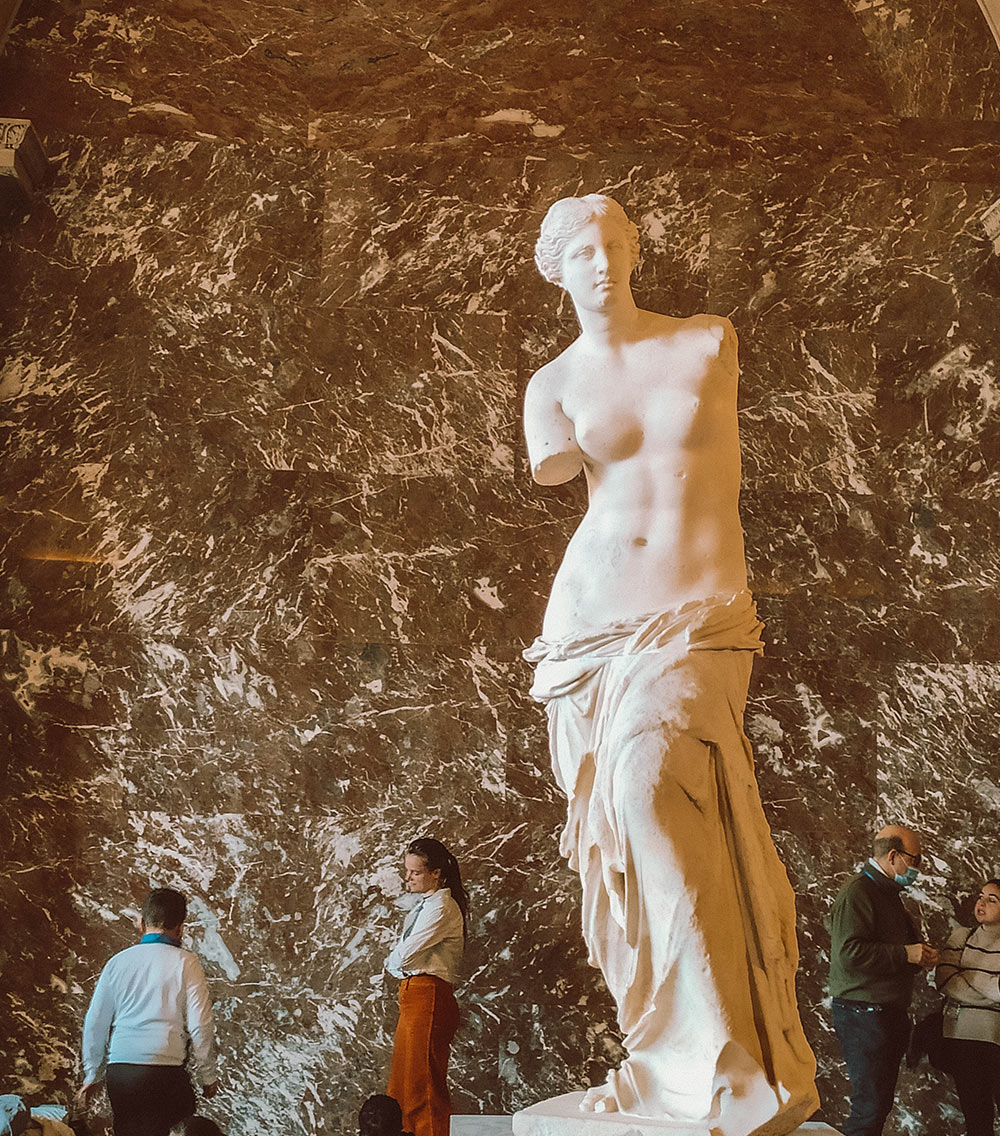
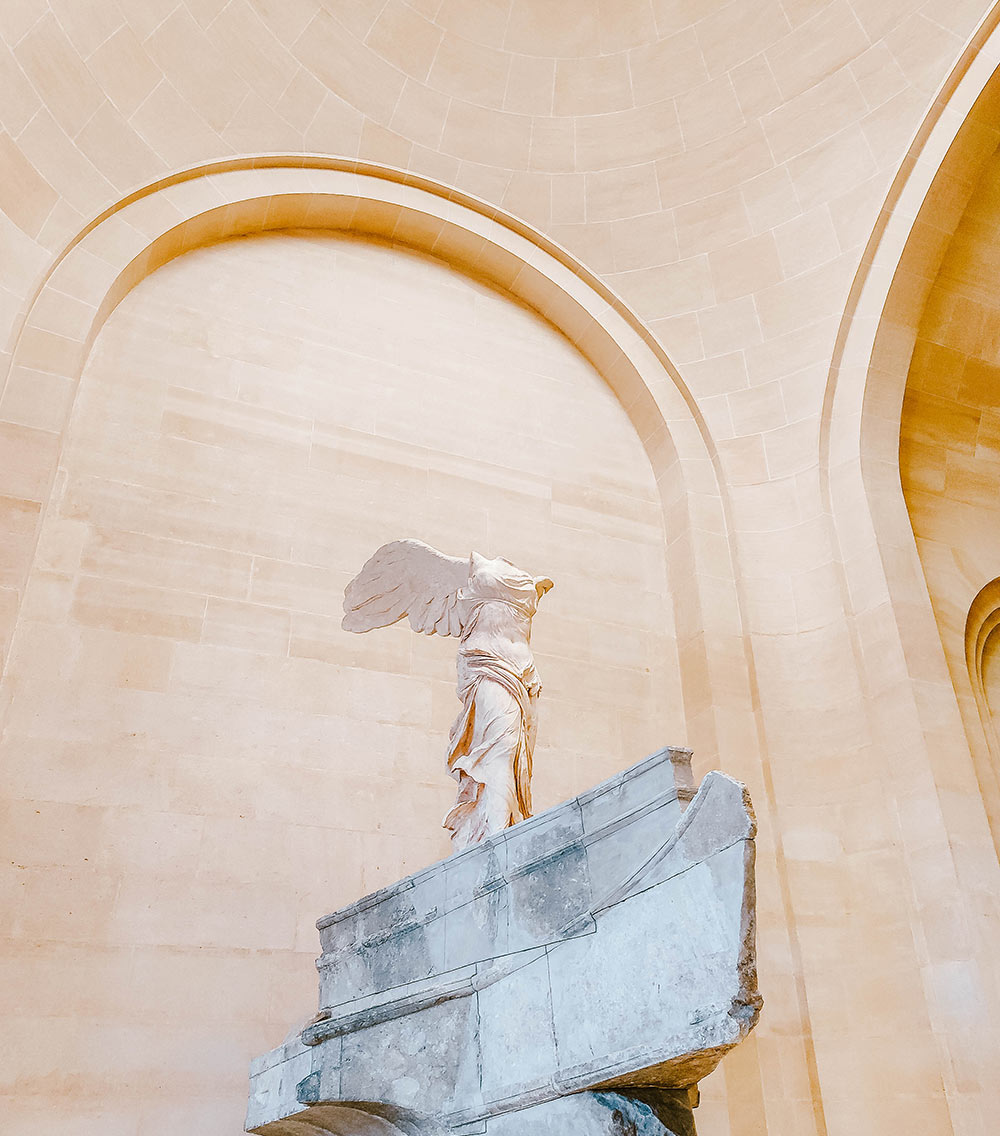
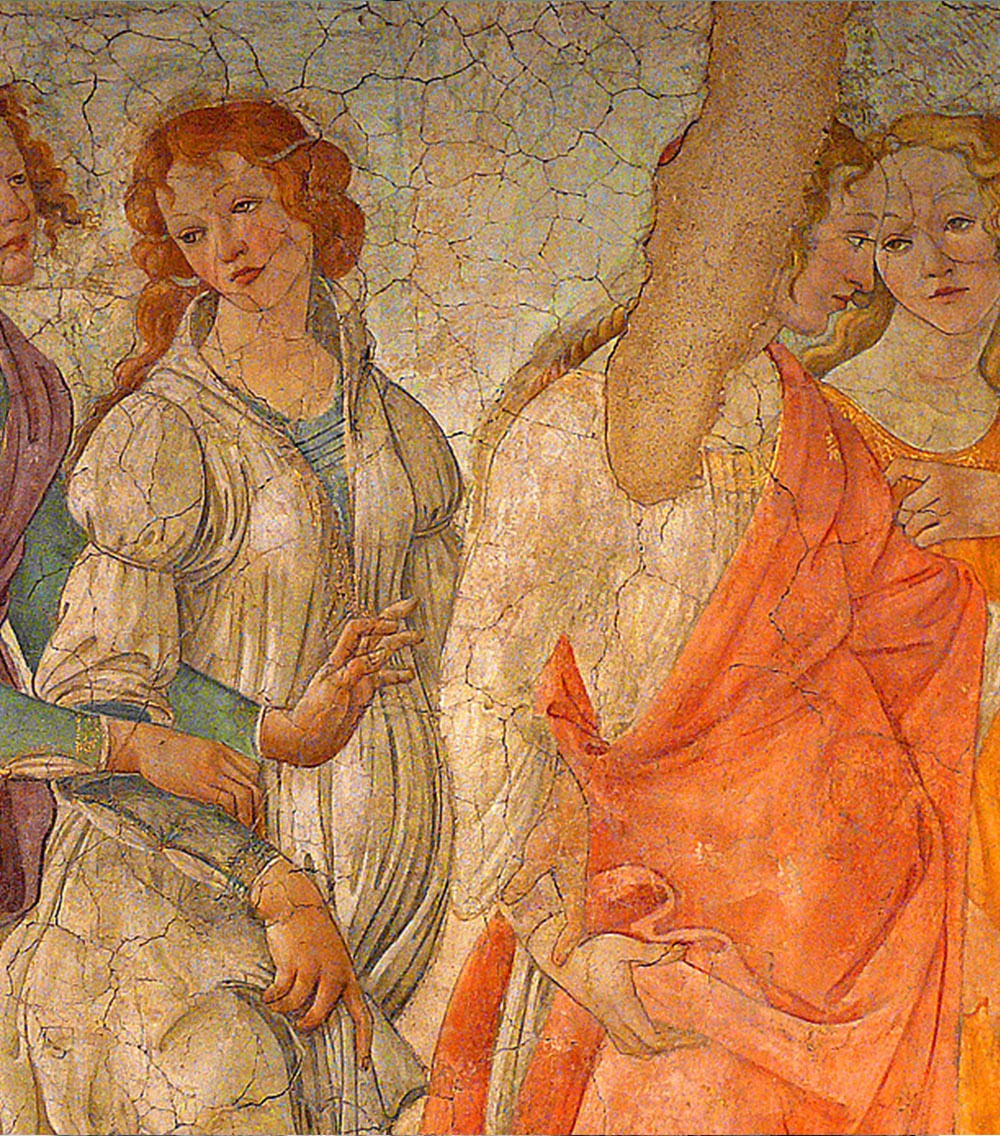
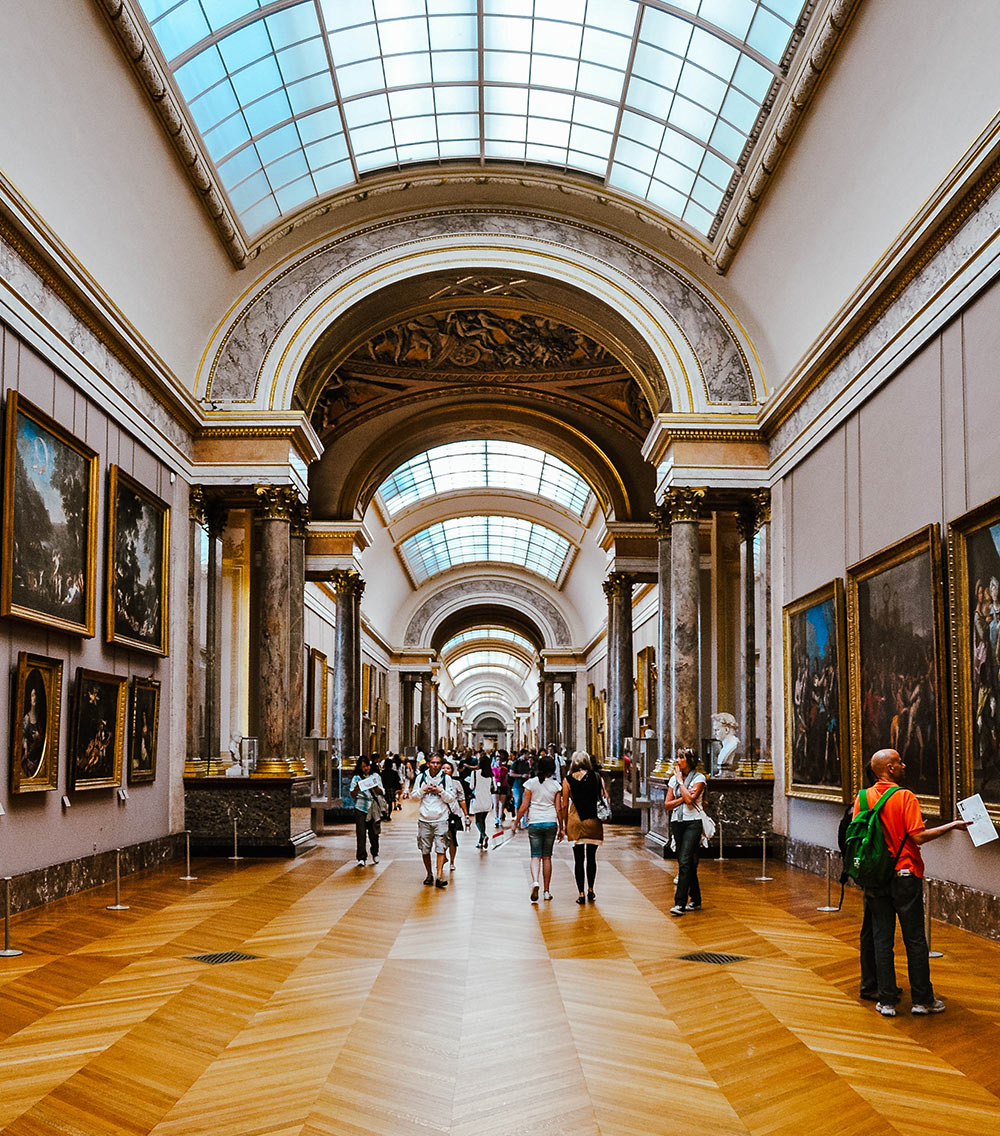
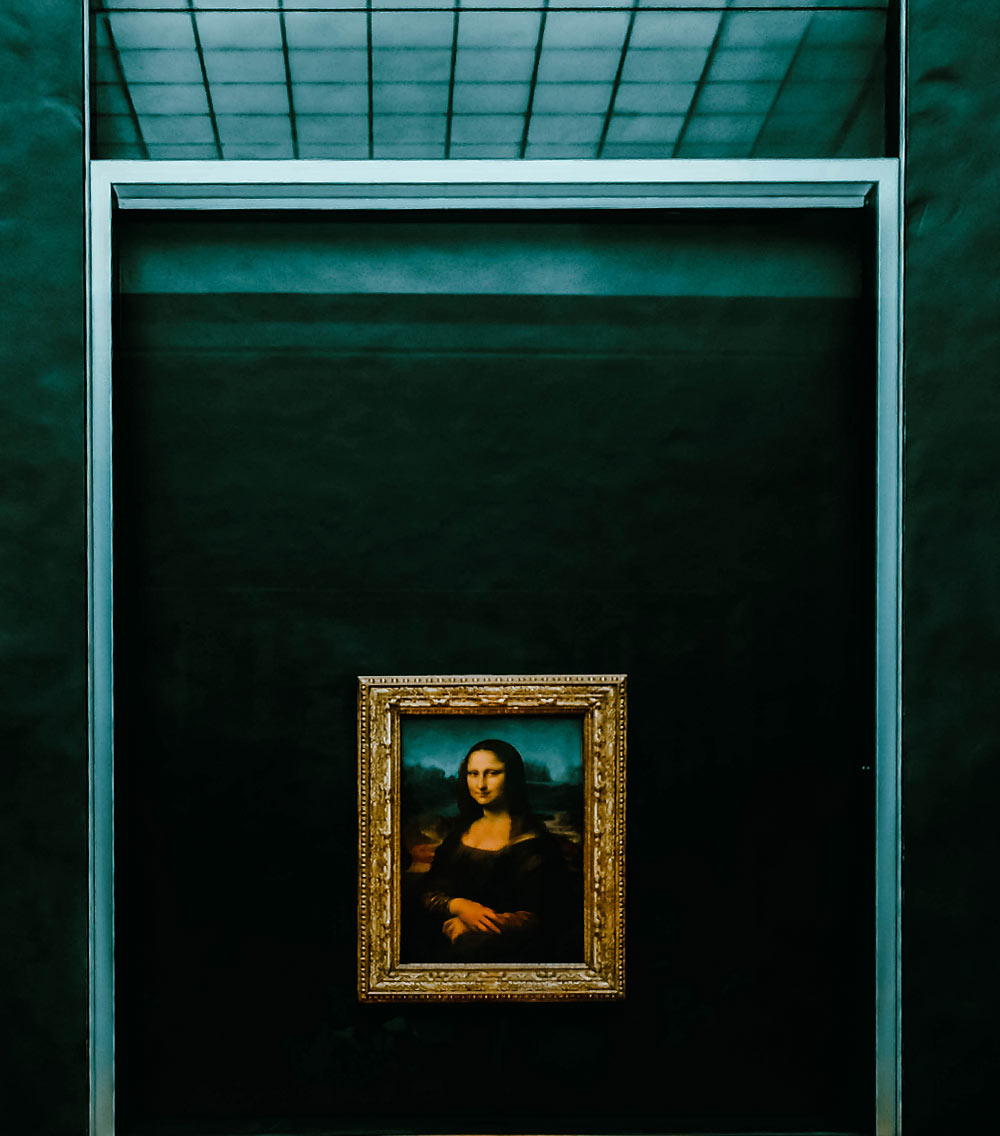

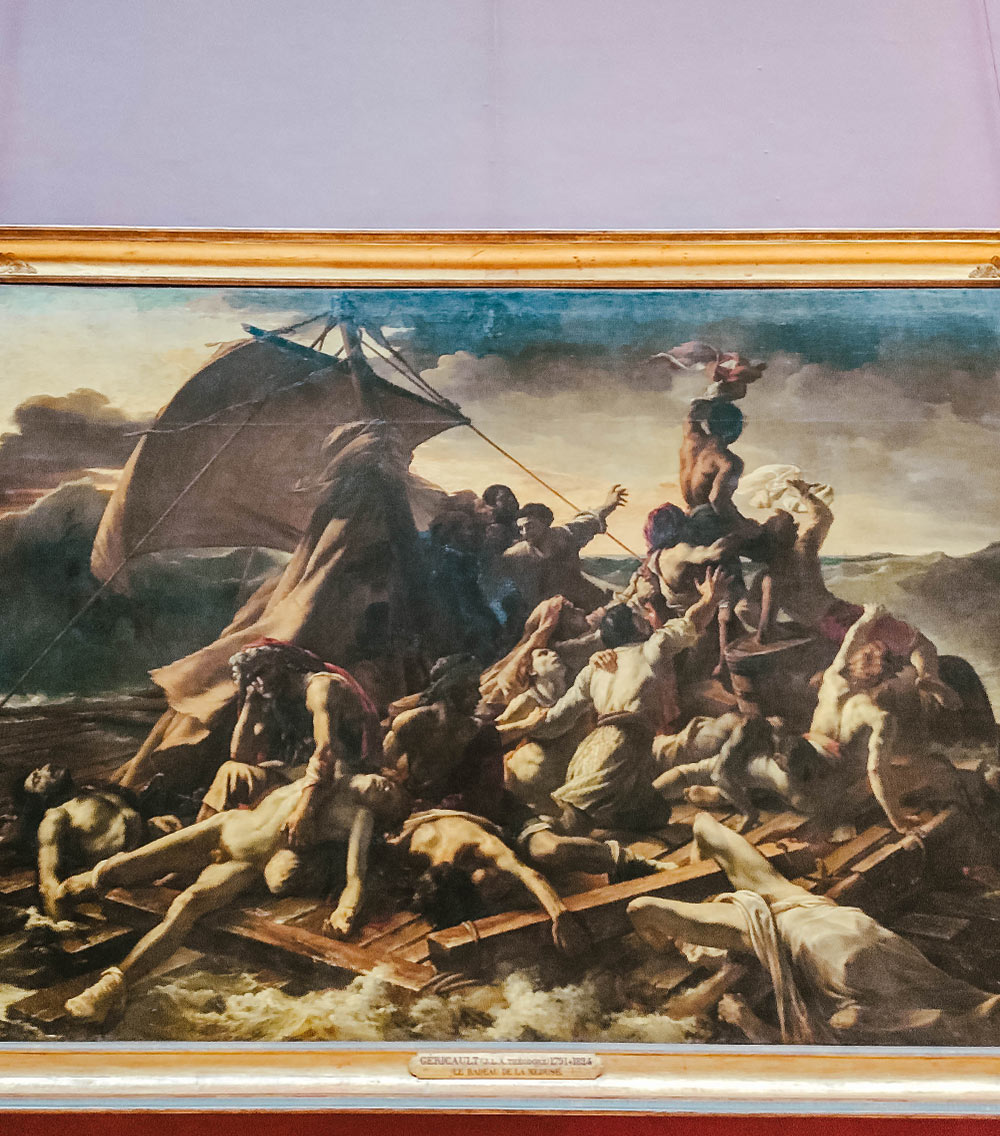
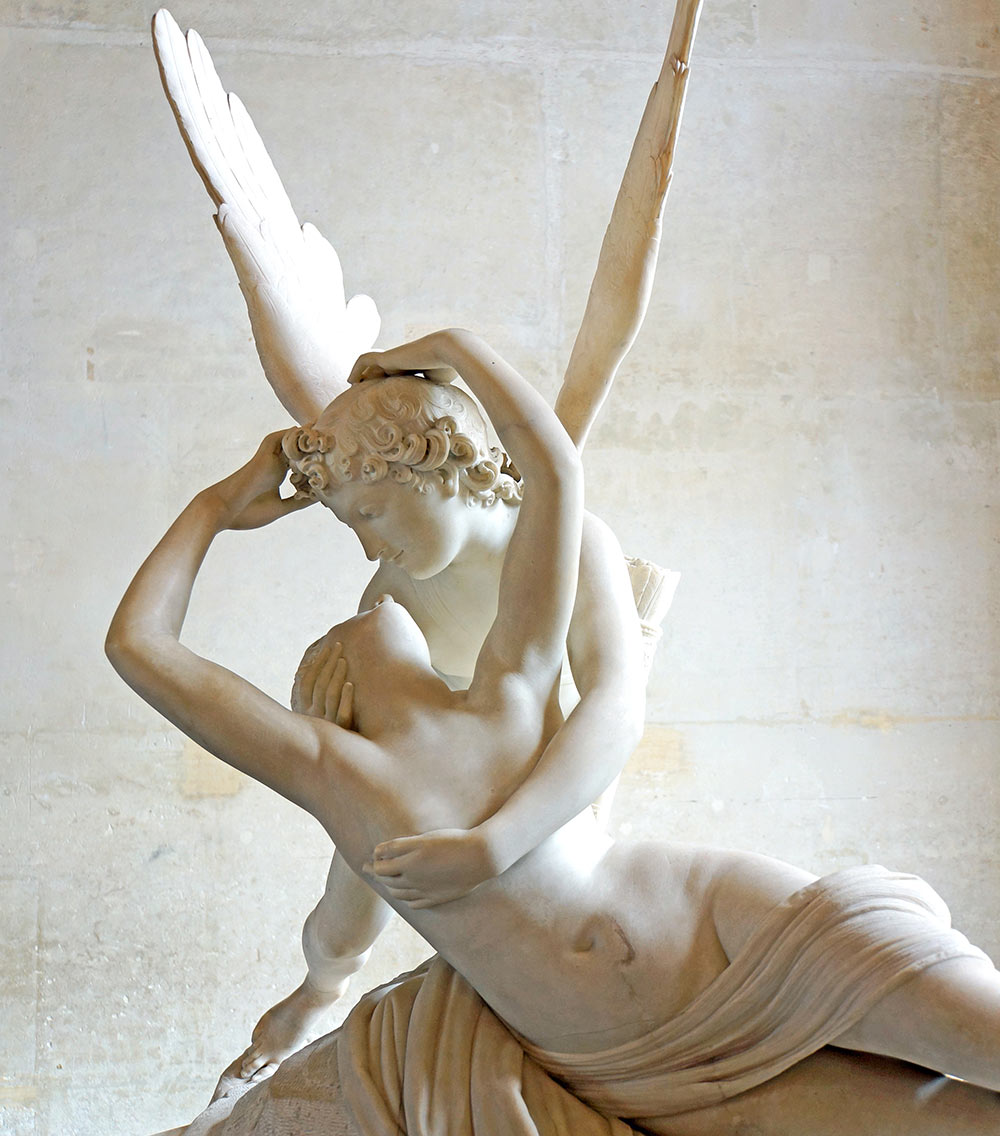

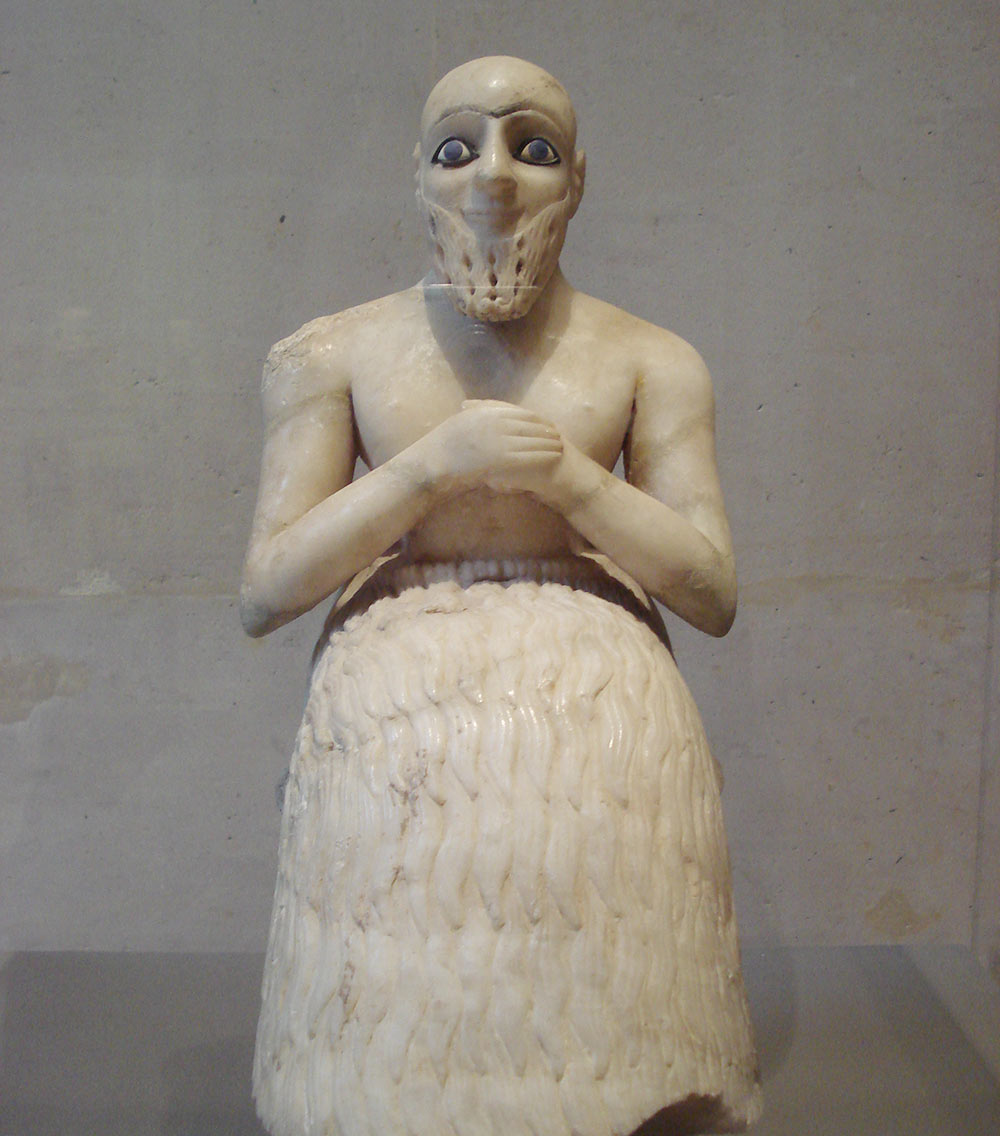
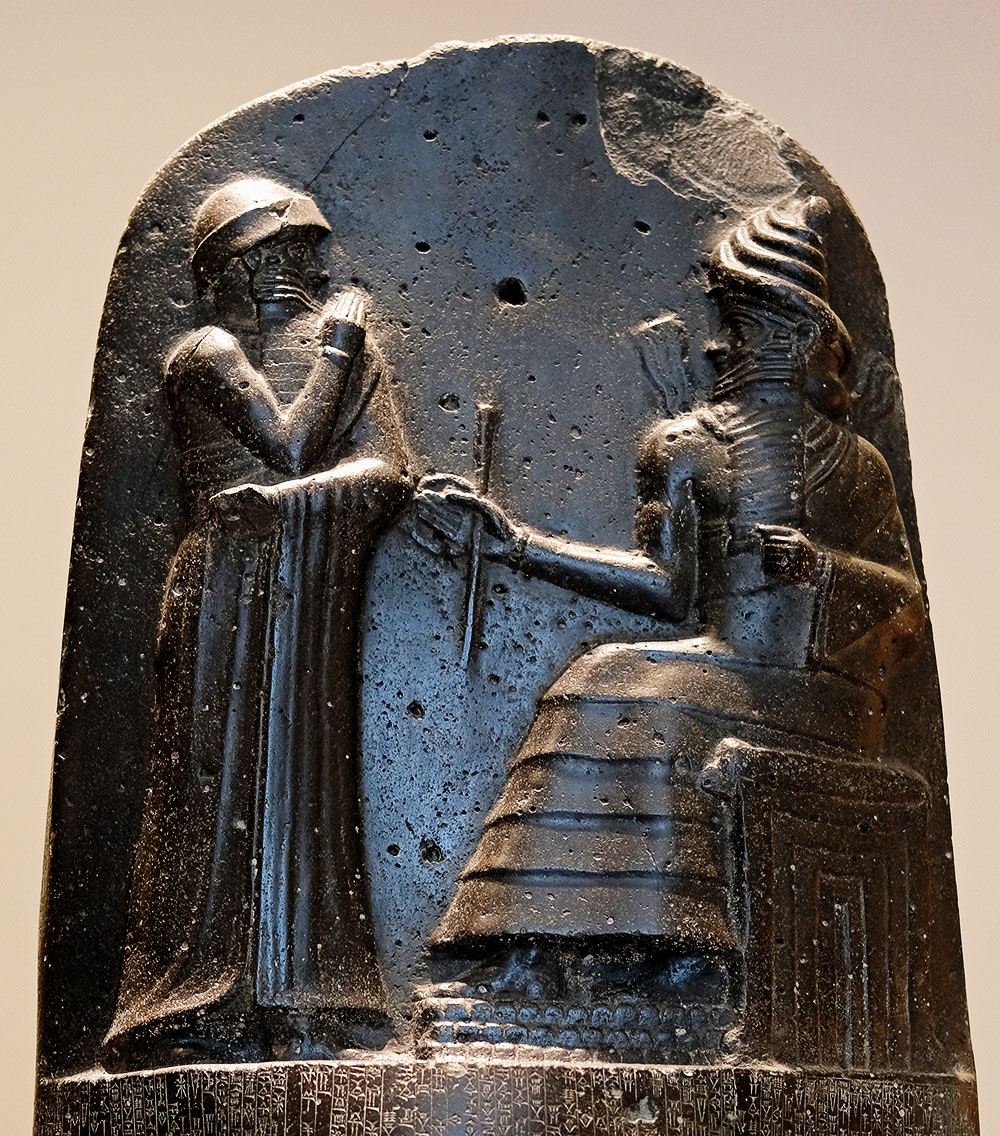
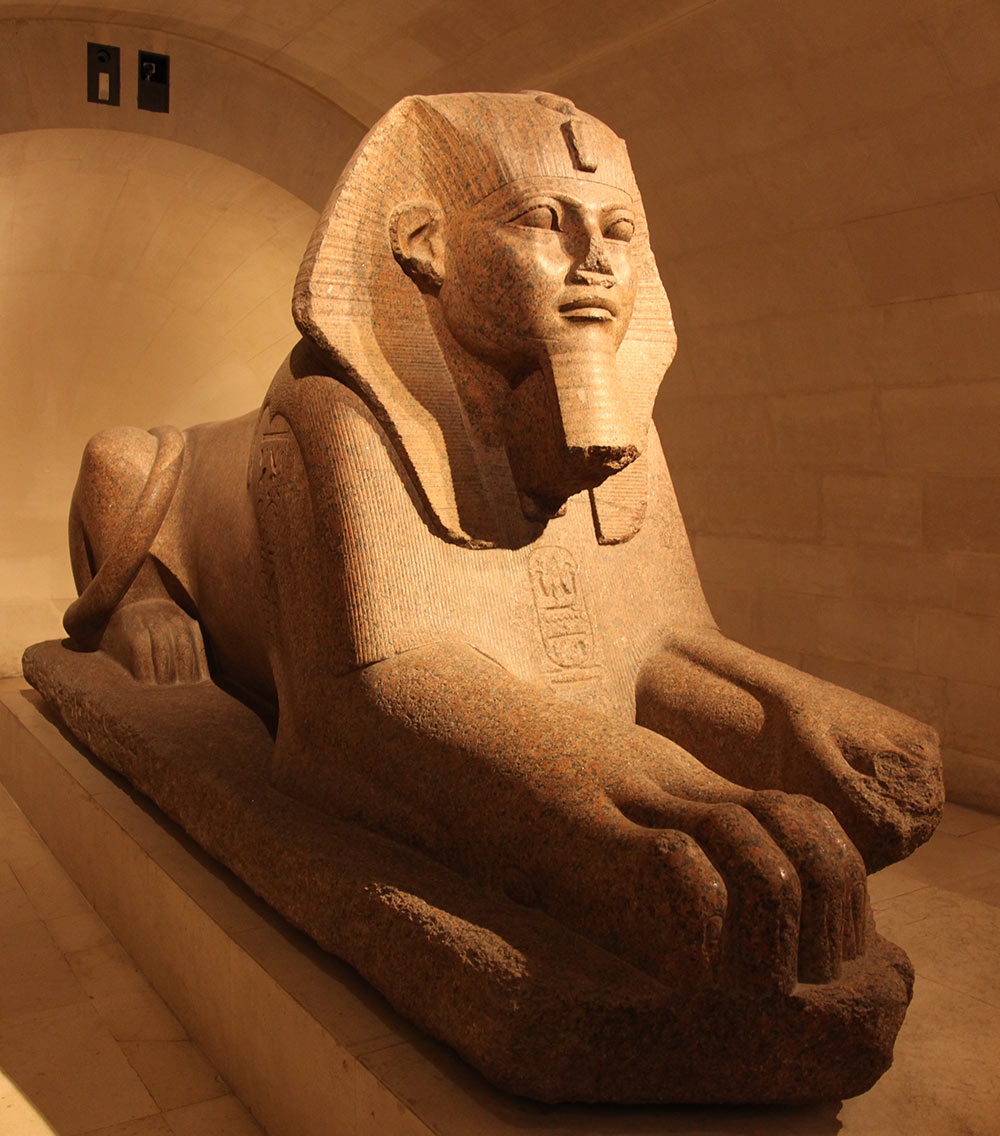



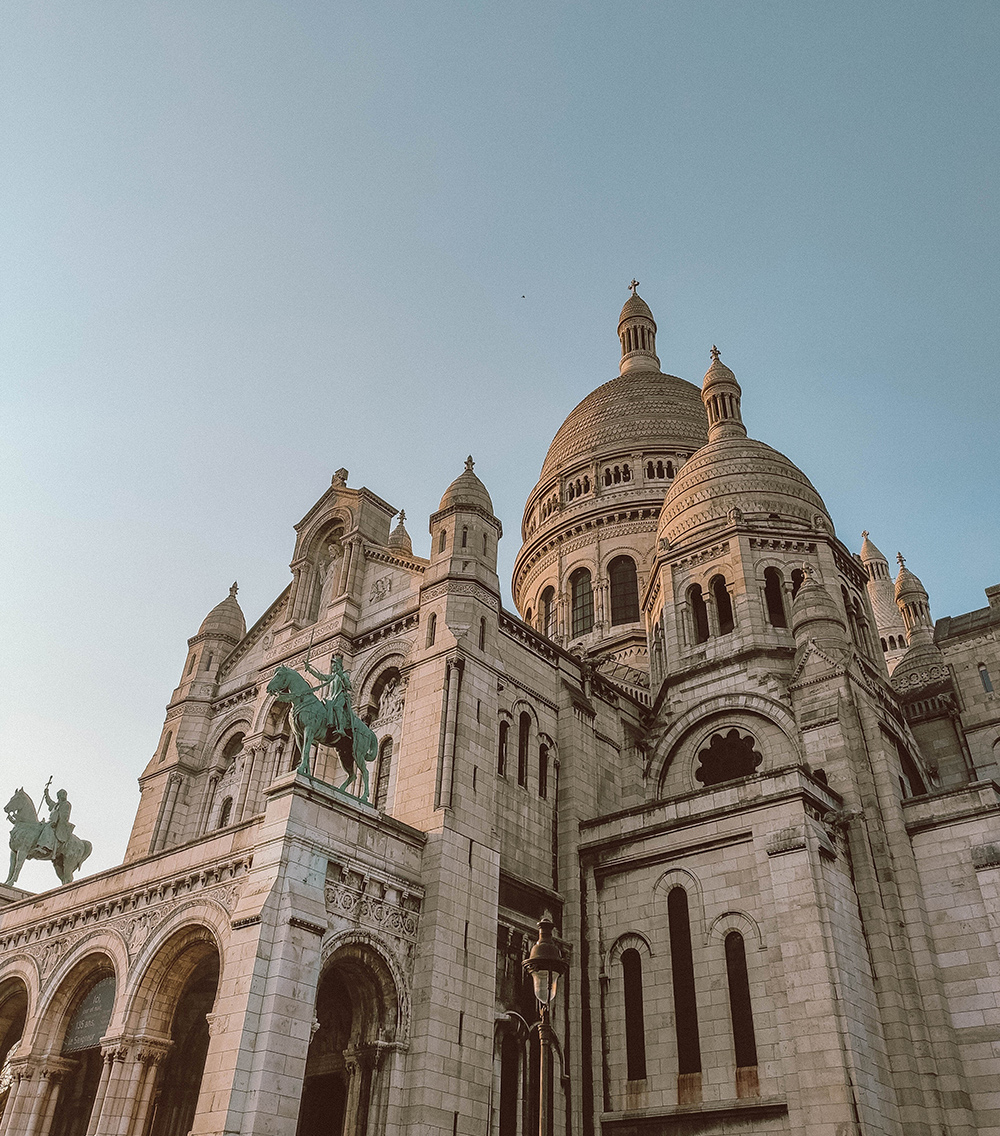
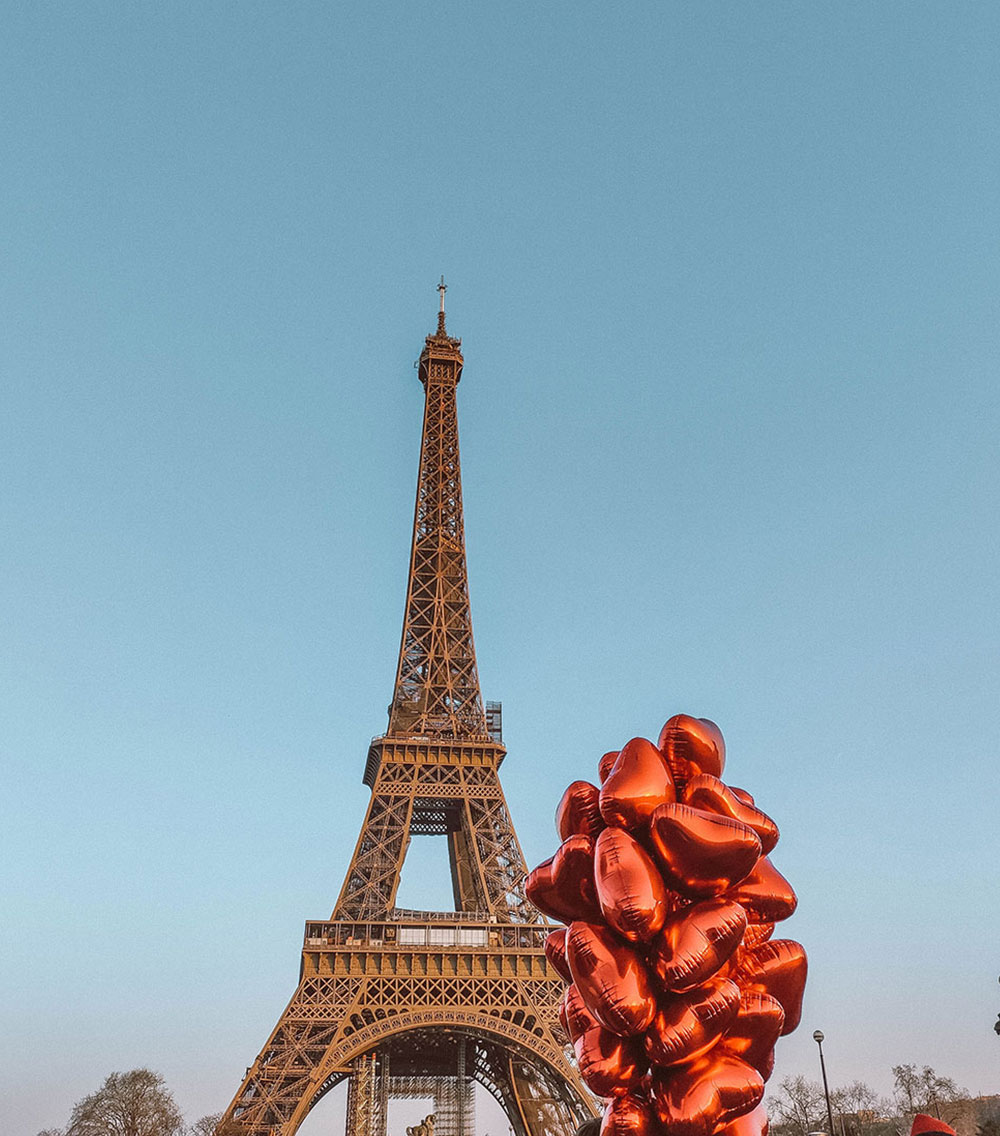
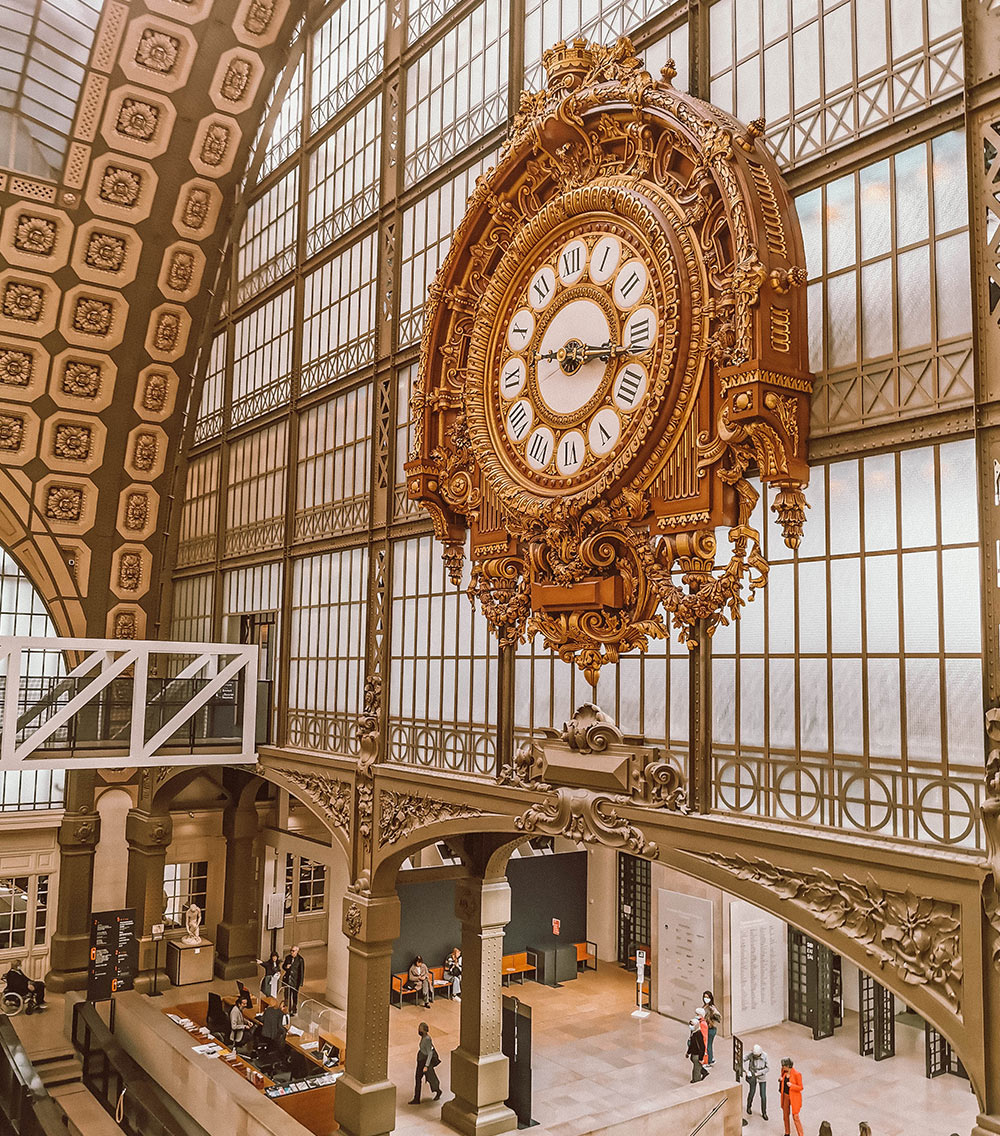
No Comments